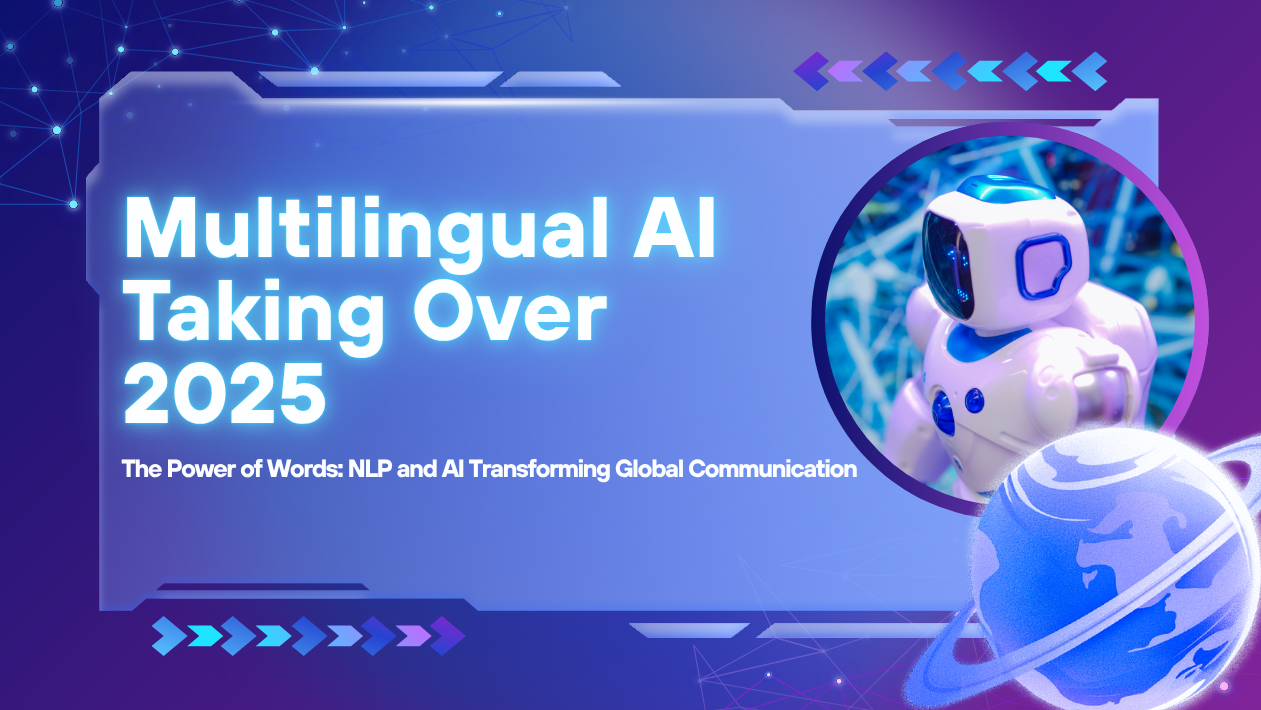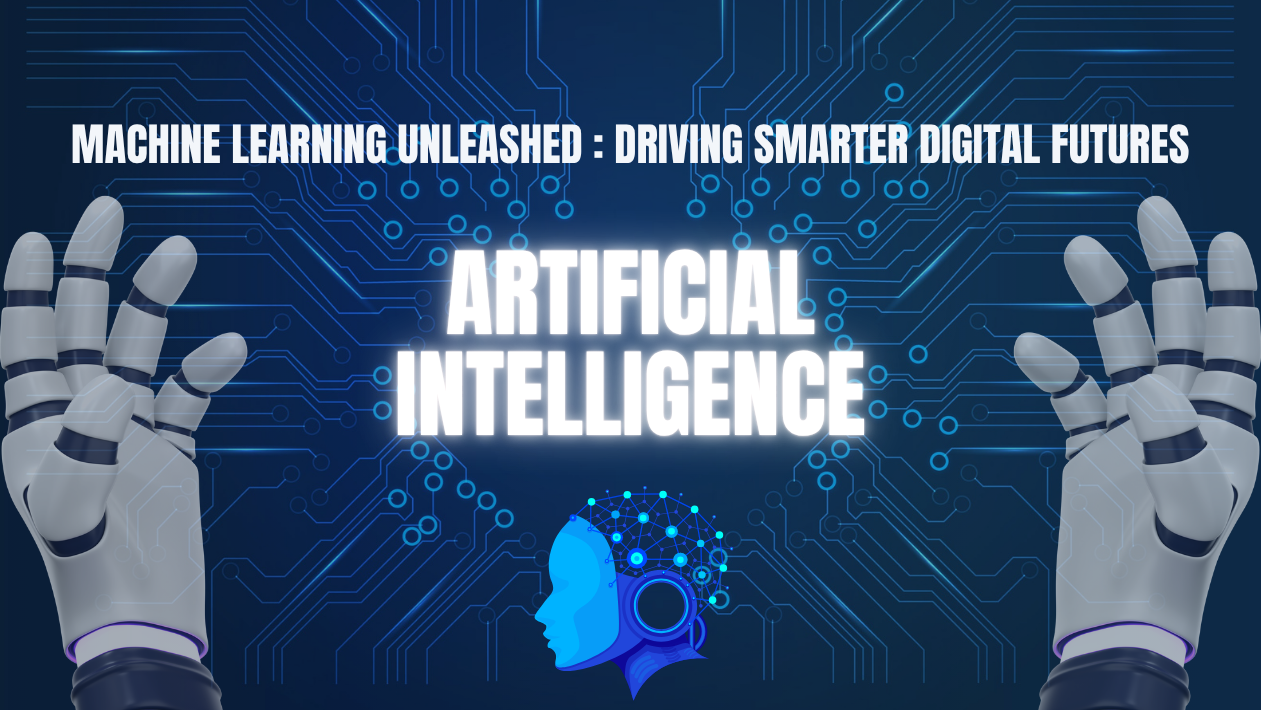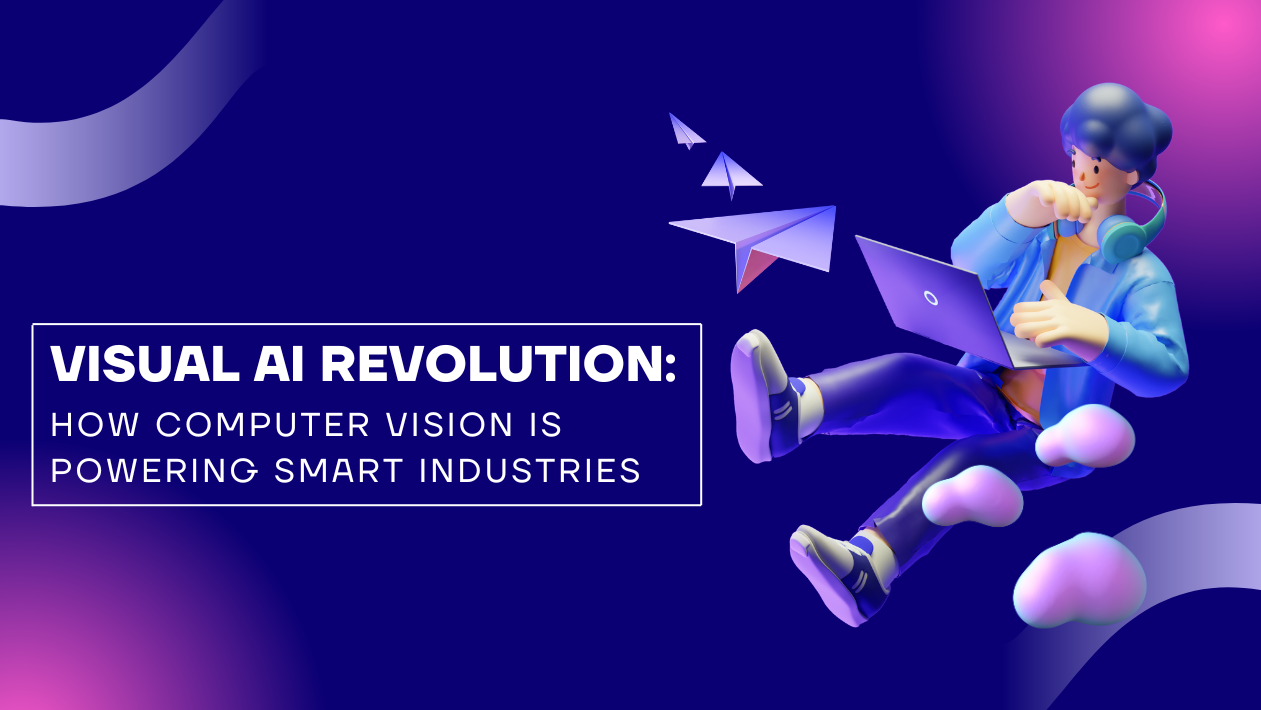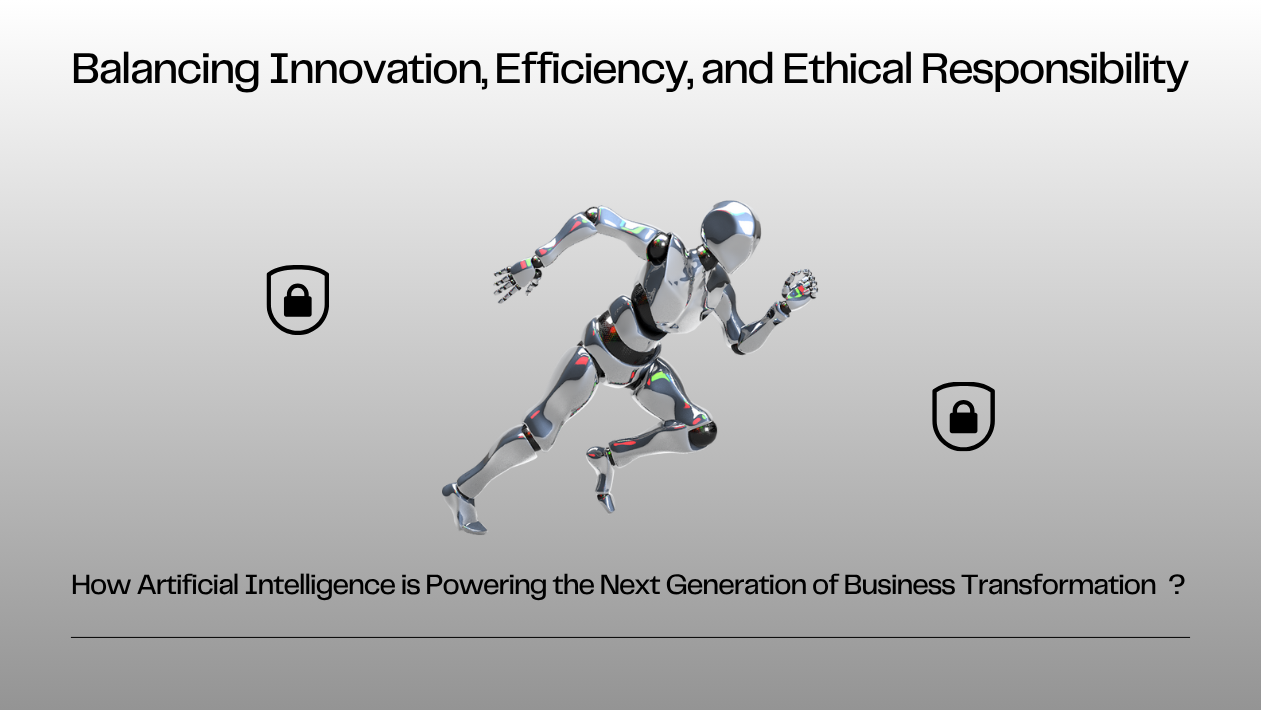Machine learning (ML) in 2025 is no longer confined to data science teams—it’s embedded across enterprise systems, embedded devices, and even government operations. With foundation models, real-time analytics, and automated model training, ML is powering innovations in every industry from banking and retail to transportation and healthcare.
As the technology becomes faster, more efficient, and easier to deploy, organizations are leveraging ML to make smarter decisions, improve customer experiences, and stay competitive in a data-driven world.
AutoML and Foundation Models Accelerate Adoption
Automated Machine Learning (AutoML) platforms like Google Vertex AI, AWS SageMaker Canvas, and H2O.ai are enabling non-experts to build high-performing ML models with minimal coding.
Meanwhile, companies are increasingly building on foundation models—such as OpenAI’s GPT, Google’s Gemini, and Meta’s LLaMA—fine-tuning them for specific use cases like fraud detection, demand forecasting, and recommendation systems.
Real-Time ML at the Edge Becomes Reality
Thanks to advances in edge computing and lightweight ML models, real-time decision-making is now possible on low-power devices. From smart cameras detecting hazards on construction sites to wearable devices analyzing health data, on-device ML is improving speed and privacy across applications.
Chipmakers like NVIDIA, Qualcomm, and Intel are playing a critical role in this transformation with purpose-built ML hardware.
ML Transforms Business Intelligence and Operations
Machine learning is revolutionizing how businesses handle operations. Predictive maintenance, intelligent logistics, personalized marketing, and inventory optimization are now largely ML-driven.
Tools like DataRobot, Tableau Pulse, and Power BI with ML integration are enabling real-time insights and proactive decision-making across business units.
Focus on Ethical ML and Model Governance
As ML becomes central to decision-making, companies are under pressure to ensure fairness, transparency, and compliance. In 2025, model governance platforms are standard, helping organizations track versioning, bias metrics, and audit logs for every deployed model.
Governments are also introducing stricter regulations requiring model explainability—especially in sectors like finance, healthcare, and hiring.
ML Meets Multimodal AI
The integration of text, images, audio, and sensor data into unified ML models is creating powerful new experiences. Multimodal machine learning is enabling smarter virtual assistants, automated video editing, and adaptive learning platforms that adjust to user behavior in real time.
Open-source frameworks like Hugging Face Transformers, OpenMMLab, and TorchMultimodal are driving this wave of development.
Outlook: Machine Learning Becomes the Brain of Every Digital System
In 2025, machine learning is no longer an emerging tech—it’s a strategic enabler at the core of digital transformation. As tools become more accessible and models more intelligent, ML is moving from the lab to the real world, driving efficiencies, personalization, and innovation at scale.





